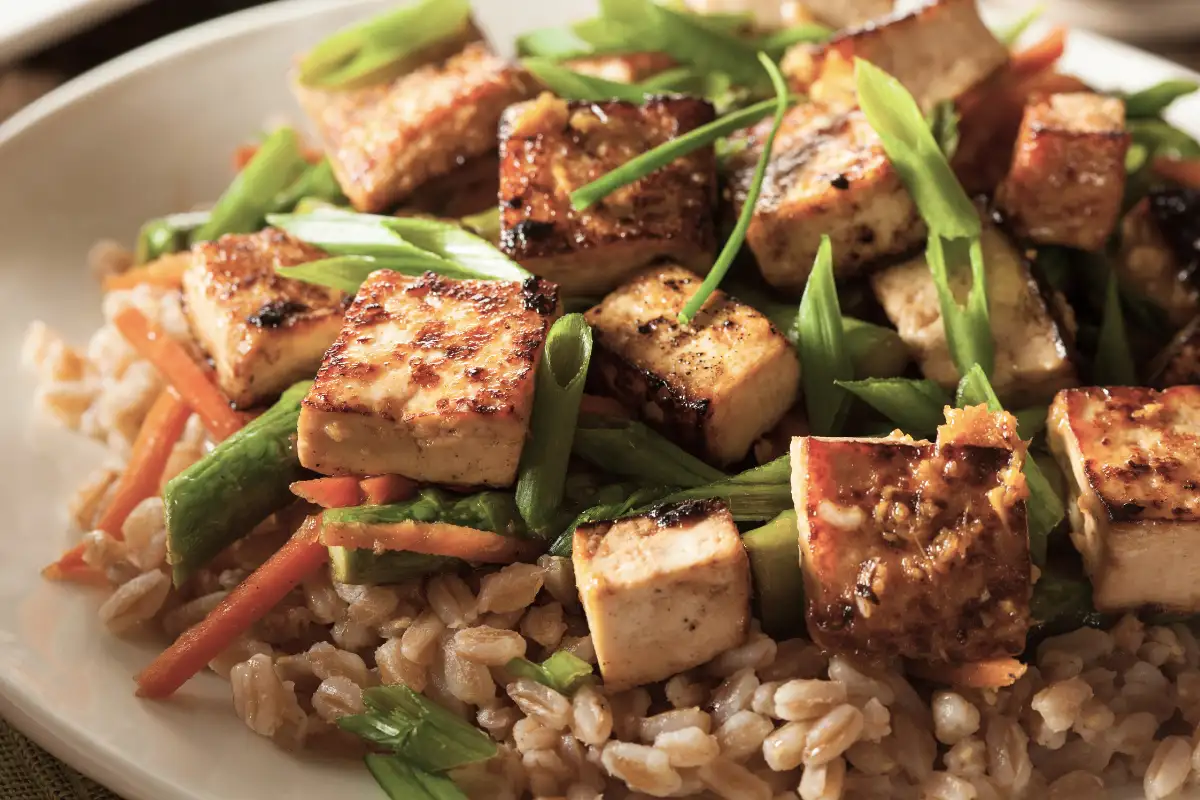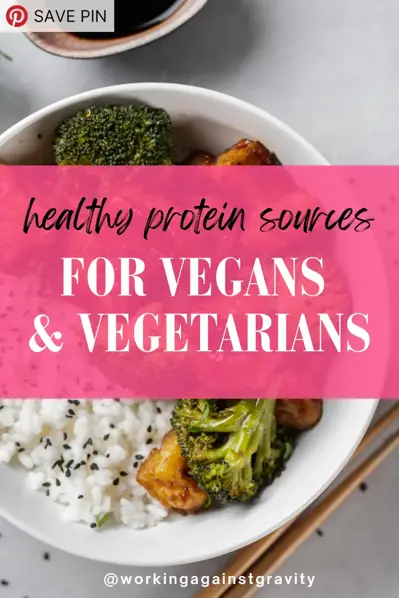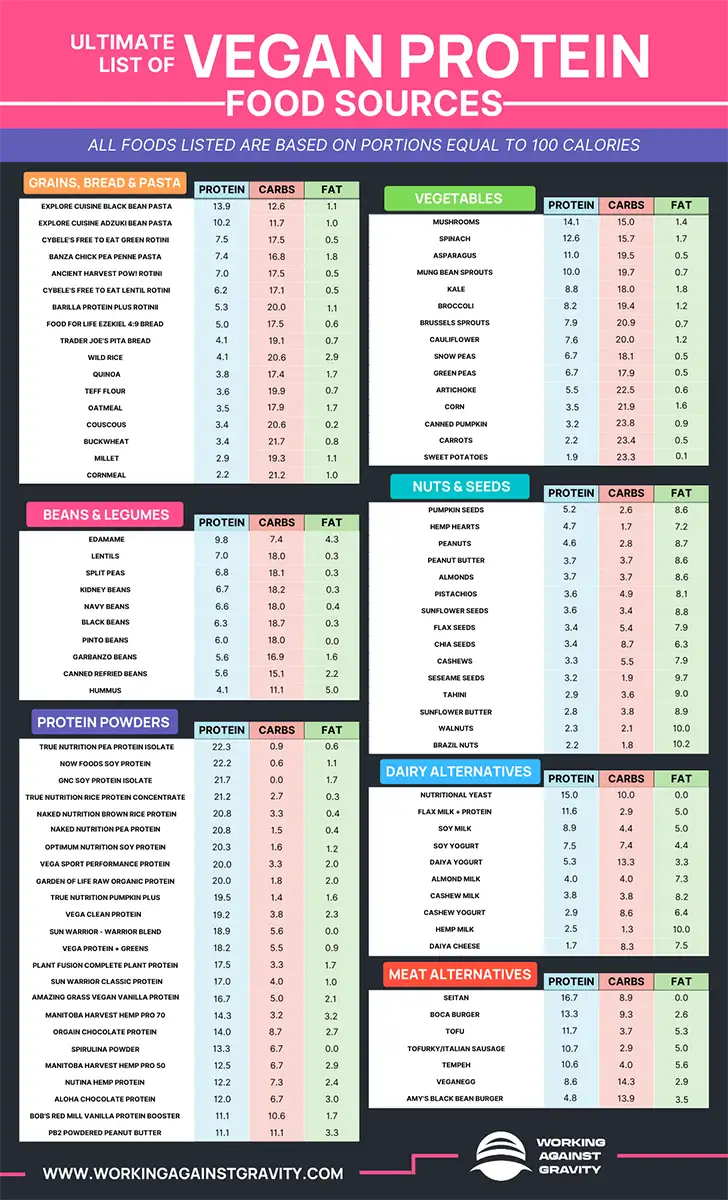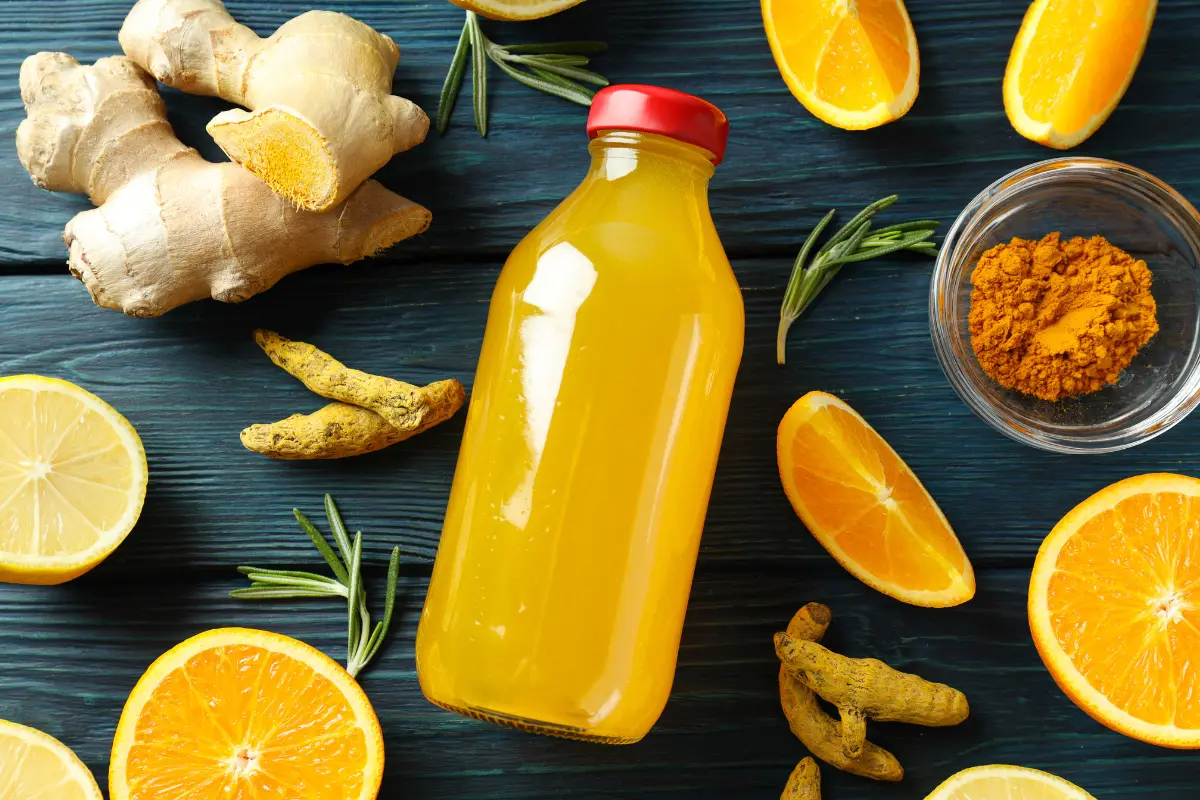
Protein is one of the three essential macronutrients—and it’s considered the body's building block. It provides structure to everything within your body, creating tissues, enzymes that support biological processes, antibodies that help fight infection, and neurotransmitters that help you think and regulate your mood. Protein, made up of amino acids, is even involved in transporting oxygen throughout the body through your red blood cells.
The body stores protein differently than fats and carbohydrates—it constantly breaks down protein to build and repair tissues, so eating enough protein is imperative to overall health.

In modern-day food culture, protein is synonymous with animal foods. In fact, you may have heard that it’s impossible to get enough protein in your diet as a vegan or vegetarian. Luckily, that isn’t the case. But, it may take a little more effort to ensure you get enough variety and overall daily intake.
Let’s talk about what that looks like and give you some tips on how to eat more protein as a vegan or vegetarian.
Advertisement
Protein Needs for Vegans and Vegetarians
How much protein should you eat? This varies based on your age, activity level, health, and goals. The Recommended Dietary Allowance (RDA) is 0.8 grams of protein per kilogram of body weight (or 0.36 grams per pound). However, some studies suggest this number is just not enough.
Here at WAG, we recommend anywhere from 0.7 to 1.3 grams per pound of body weight, depending on your exercise style. Protein is crucial for repairing muscle broken down during exercise, so ensure you’re getting an adequate amount!
Animal products, like meat and dairy, are generally considered primary protein sources. And these foods generally have higher amounts of protein by weight. But there are plenty of plant-based sources of protein. As a vegan or vegetarian, it may take more effort and planning to ensure you get all you need throughout the day.
If you begin tracking your protein and find that you’re well under our 0.7-1.3g per pound recommendation, aim to eat a bit more protein week-to-week instead of beating yourself up or getting overwhelmed. This will help you build the confidence and habits needed to reach a higher intake over time.
Advertisement
Plant-Based Protein Sources
Plant-based protein sources come from these main groups:
Nuts and Seeds
- Peanuts, almonds, cashews, walnuts, brazil nuts
- Pumpkin seeds, sunflower seeds, sesame seeds
- Flax seed and chia seed
- Raw nut butter
Beans and Legumes
- Black, navy, pinto beans
- Garbanzo beans (chickpeas), hummus
- Edamame, split peas
- Lentils
Whole grains
- Wild rice, brown rice
- Quinoa, couscous, barley, farro
- Oats, buckwheat
- Lentil pasta
Vegetables
- Mushrooms
- Asparagus
- Brussels sprouts
- Broccoli, cauliflower
- Leafy greens – spinach, kale
- Sweet potatoes
Soy Products and Dairy Alternatives
- Soy milk, almond milk, cashew milk
- Soy or nut-based yogurts and cheeses
- Tofu
- Tempeh
- Nutritional yeast
The infographic below has even more inspiration.

There are other benefits of eating plant-based protein foods as well. Nuts, seeds, legumes, and veggies contain fiber (which helps keep you full and regular 😉) and a boost of micronutrients to support health and immunity.
Advertisement
Plant-Based Protein Supplements
Supplementing your meals with protein powder is a great way to help increase your daily protein intake and ensure you get enough. This can be especially helpful for vegans and vegetarians as it takes a significant amount of fruits, veggies, grains, and legumes to get enough daily protein. This can increase overall daily calories and make you uncomfortably full. . Protein powders made from peas and soy are popular choices.
Pea Protein
Pea protein is a good choice for people with dietary restrictions because it’s naturally free from common allergens like dairy, gluten, and soy. It’s also rich in BCAAs (branched-chain amino acids), particularly arginine, lysine, and phenylalanine, which are key for muscle growth and recovery. Pea protein is also low in cholesterol and saturated fat. Its milder flavor makes it easy to incorporate into recipes or blend into a smoothie.
Soy Protein
Soy protein, made from soybeans, is a complete protein source, providing all essential amino acids. Soy is beneficial for muscle growth, and it also supports overall health. Soy proteins tend to have an abundance of nutrients, including iron, calcium, and B vitamins. However, if you have a soy allergy, this may be one to avoid.
Advertisement
What are Complete and Incomplete Proteins?
There are two main types of protein sources – complete and incomplete.
A complete protein contains all nine essential amino acids. An essential amino acid is one that the body can’t make on its own, so you must get it from food sources. Complete proteins are typically found in animal products like meat, dairy, eggs, and fish. However, some plant-based sources, like quinoa, soy, and chia seeds, provide complete proteins.
Incomplete proteins are protein sources that do not have one or more of the essential amino acids, and these are more typical of plant-based proteins like grains, nuts, seeds, and legumes.
While getting all nine essential amino acids in your dietary intake is important, this doesn’t require including animal products. It’s possible to get all essential amino acids from plant-based protein sources by consuming a variety of foods to ensure a well-rounded amino acid profile.
Because different food sources have varying amino acid profiles, combining plant-based protein sources can help you create delicious meals with complete proteins for optimal nutrition. The key thing to remember is that variety is the spice of life!
Advertisement
Here are a few ideas for combining plant-based protein sources for complete protein meals:
- Make a wild rice bowl with black beans and roasted chickpeas.
- Toss cooked quinoa into your mixed green salad and add a squeeze of lemon juice.
- Spread mashed avocado on whole-grain bread and top with chopped nuts or seeds.
- Add finely shredded or chopped veggies to your oatmeal with fruit and a dollop of nut butter.
Grab more vegan recipe ideas here.
Common Challenges and How to Overcome Them
While plant-based diets offer numerous health benefits, there can be potential challenges. The biggest hurdle to overcome is possible nutrient deficiencies.
Eating enough can be tough because plant foods are more filling and less caloric-dense. This may lead to a protein deficiency and a lack of essential nutrients like calcium, iron, zinc, and B12. Eating a wide variety of plant foods can help combat this problem. Enhancing a healthy diet with plant-based protein, fortified foods, or other supplements can be helpful. We always recommend consulting with your healthcare professional about whether or not supplements are right for you.
Advertisement
How to Get Enough Protein as a Vegan or Vegetarian
Getting enough protein as a vegan or vegetarian is not only possible, but it is essential for overall health and well-being. Including a wide variety of foods in your meals—from sources like nuts, seeds, legumes, whole grains, and soy products—can ensure adequate intake of all essential amino acids.
Incorporating powder supplements like pea or soy protein powder is also beneficial to ensure you meet your daily protein goals. Nutrient deficiencies are something to be aware of, but this issue is easily offset through careful meal planning and supplementation with help from a healthcare professional when necessary.
Are you ready to optimize your plant-based nutrition? Get a meal plan or connect with a WAG Coach for 1-on-1 guidance on how to get more protein in your diet.
Amy Cimo
Amy is a Nutritional Therapy Practitioner and Certified Personal Trainer based in Baton Rouge, Louisiana. She is enthusiastic about helping others find a balance between nutrition, movement, and mindset to live happy and healthy. Amy has a BA in Mass Communication, a BS in Marketing, and a passion for storytelling and connecting people with relevant information and resources.
Schedule a Free Intro Call
Working Against Gravity has led the macro tracking and health space for over a decade. Our team doesn’t just understand the science of nutrition—we’ve spent years mastering the art of tailoring it to fit your life. That means no cookie-cutter plans, just real strategies that have worked for over 30,000 people.
Schedule a free call with our team to learn how working with a 1-on-1 WAG coach will help you reach your goals.



